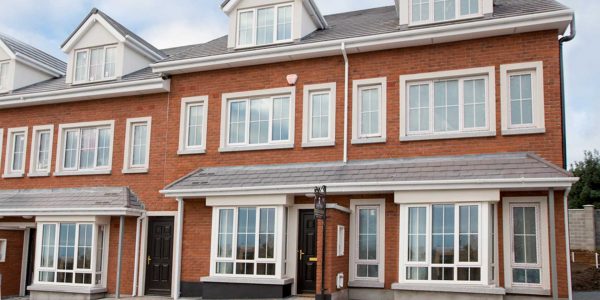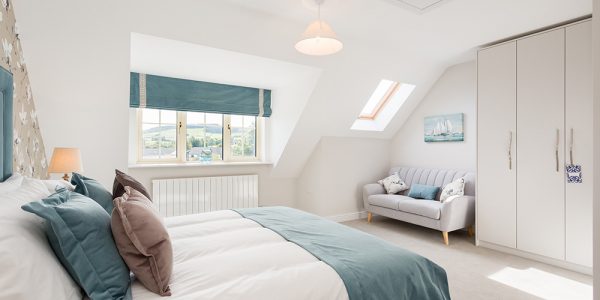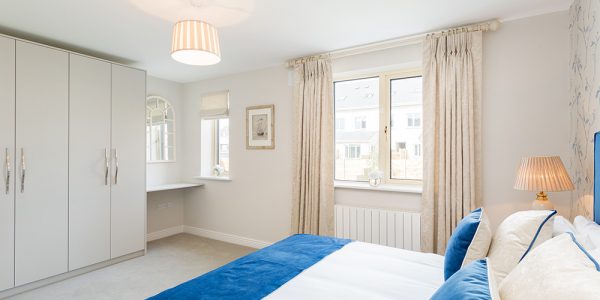Rathcoole derives its name from a rath, or fort, reputedly built in the area by the father of Fionn Mac Cumhail, the Ossianic hero. In 1337 King Edward allocated Rathcoole to Metropolitan See of Dublin. It subsequently became one of the smaller manors belonging to the Archbishop of Dublin. Elrington Ball in his History of Dublin states that, with the exception of a water mill, no buildings of any significance existed in the area at that time.
As Rathcoole’s importance grew, a Portreeve (an official possessing administrative authority over a town) was appointed to the area. James Eustace, Viscount Baltinglass’s rebellion in 1580 saw Rathcoole destroyed by fire. This was not the last time the village would be a victim of insurrection. Again in 1596 and 1641 Rathcoole would rise. In 1641, Sir Arthur Loftus sent a party of Dragoons to the area as a consequence of a rebel attack. As a reprisal, the military set fire to an expanse of furze atop a hill overlooking Rathcoole, knowing that several hundred villagers, women and children included, had taken refuge there. The massacre was one of many carried out in Dublin County during that time; those who managed to survive the burnings invariably succumbed to famine afterwards. Our walk will expand on the later happenings here in 1798 and during Emmet’s rebellion of 1803.
1734 saw the establishment of Mercer’s School. Established by philanthropist Mrs. Mary Mercer, who founded the Dublin City hospital that bore her name, it opened on Michaelmas 1745 and catered initially for 20 Protestant girls; lessons included spinning, knitting, needlework, cow milking, butter and cheese making, bread baking and laundry. The school was relocated to Castleknock on the 24th of January 1826, and the building served as a vicarage afterwards.
Location
Croftwell Square, Rathcoole, Co. Dublin, Ireland







